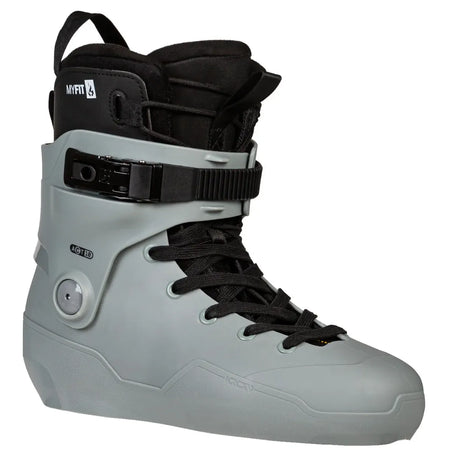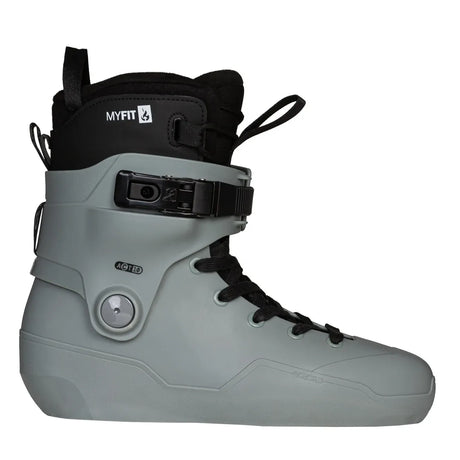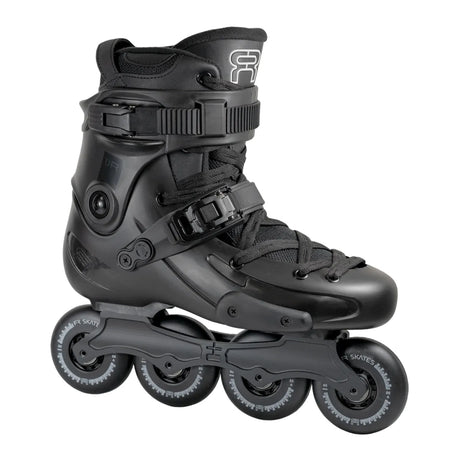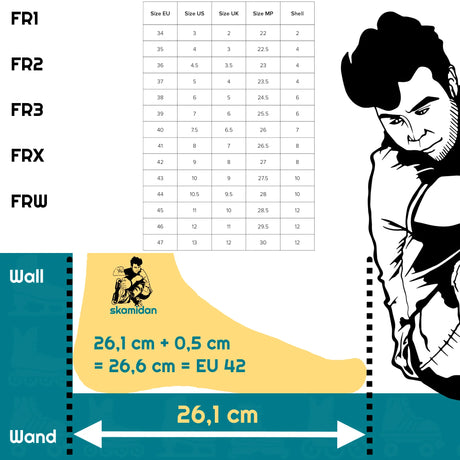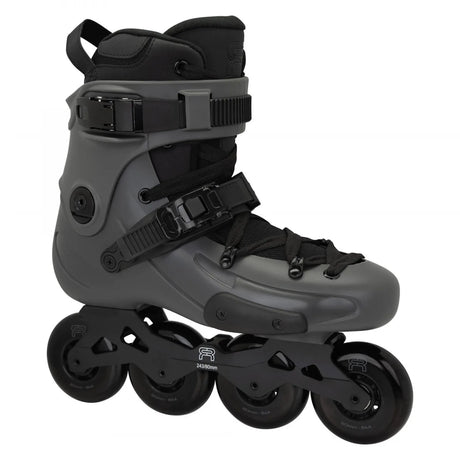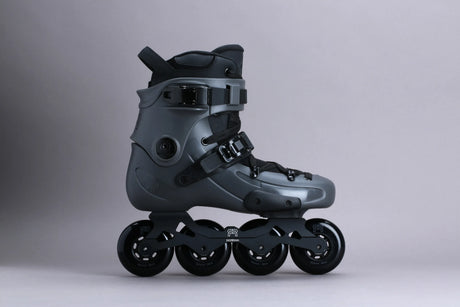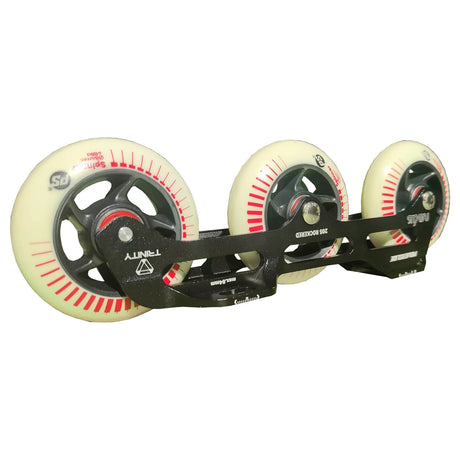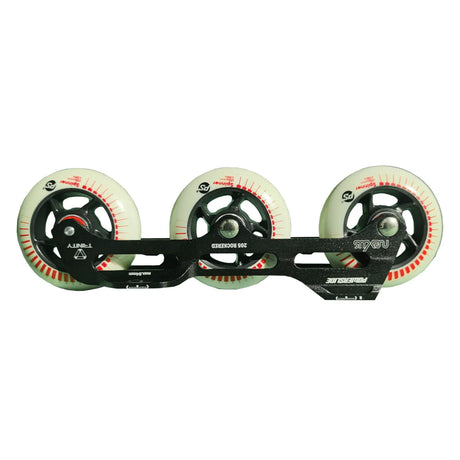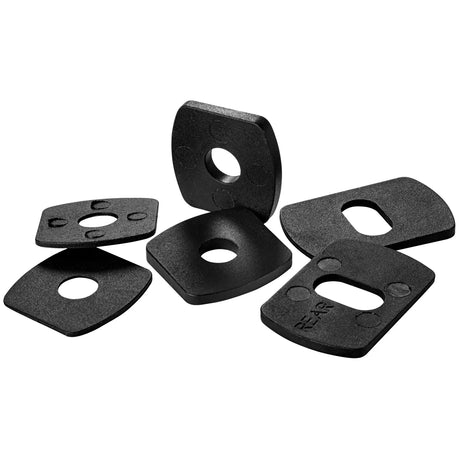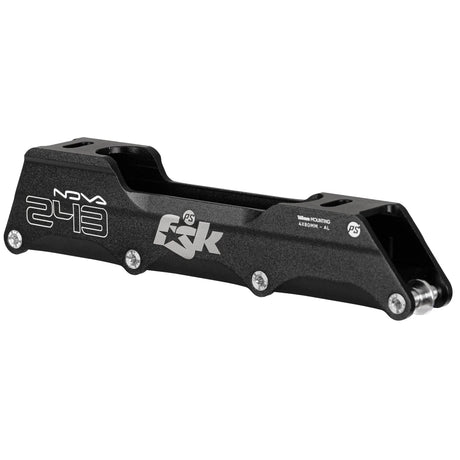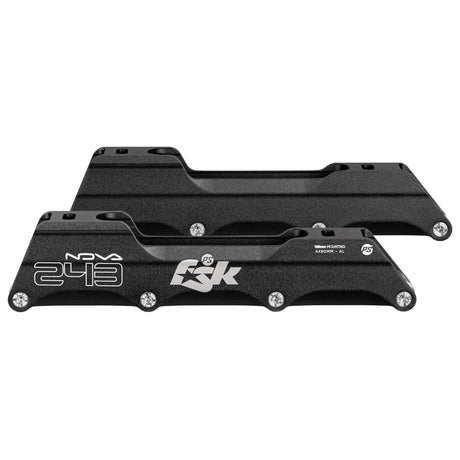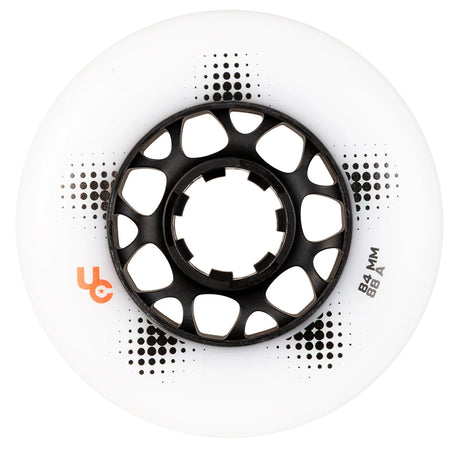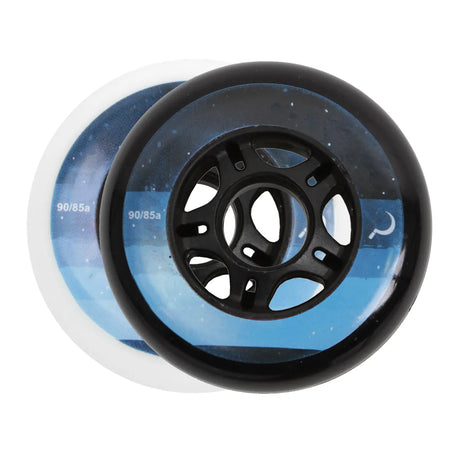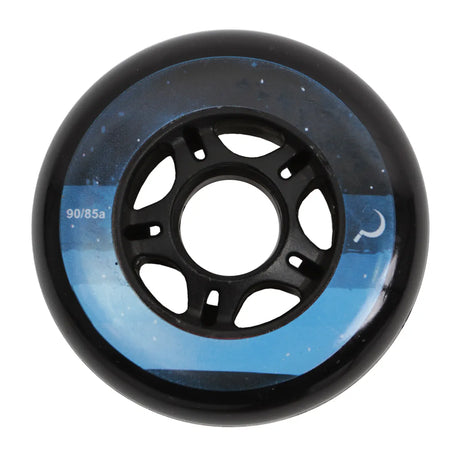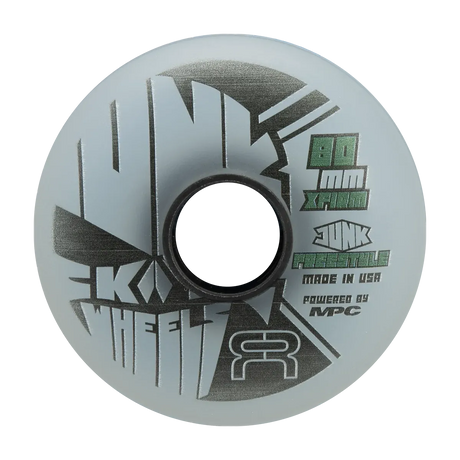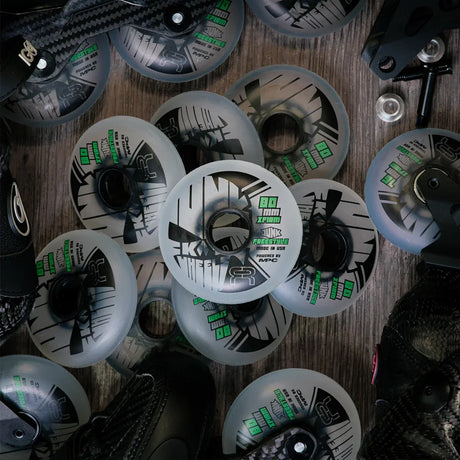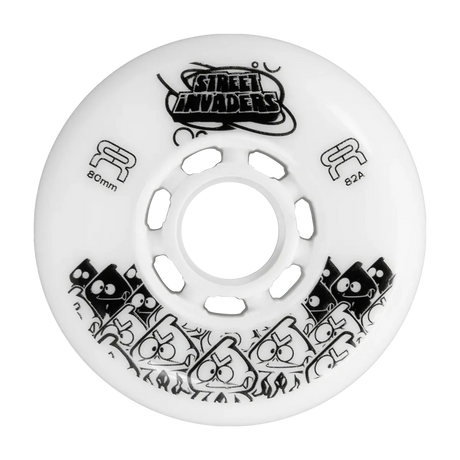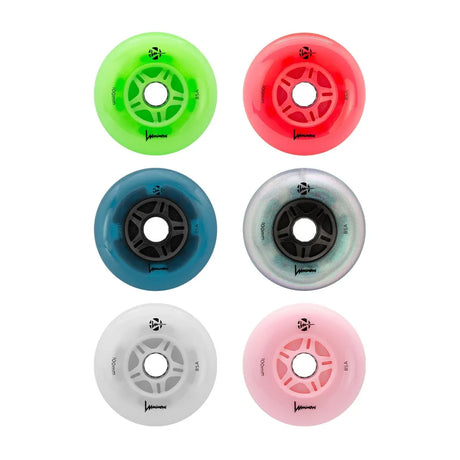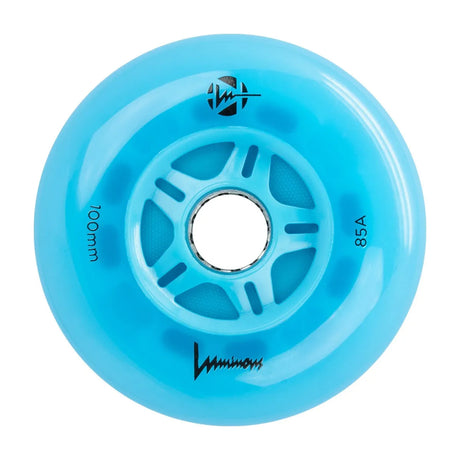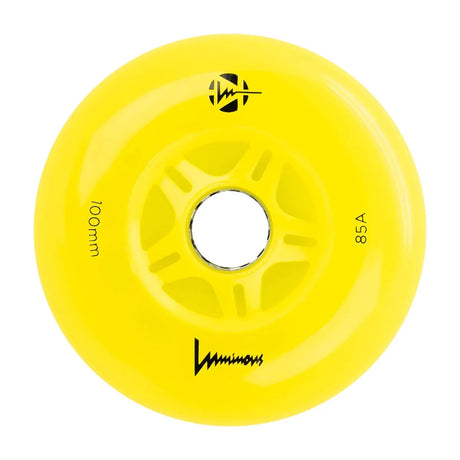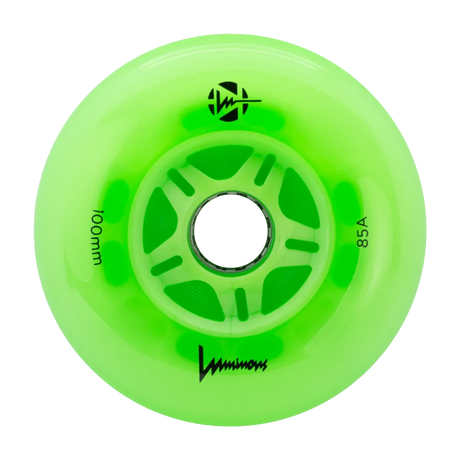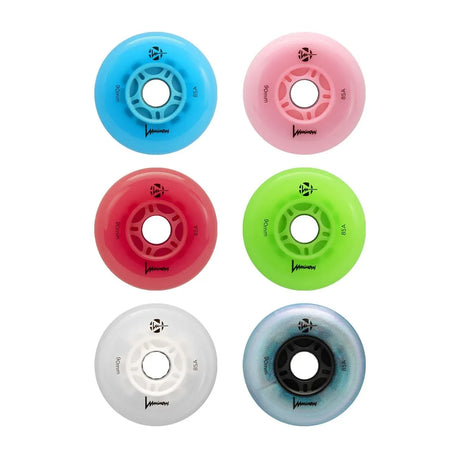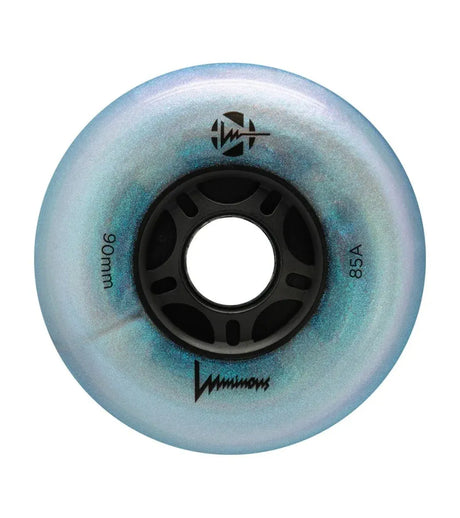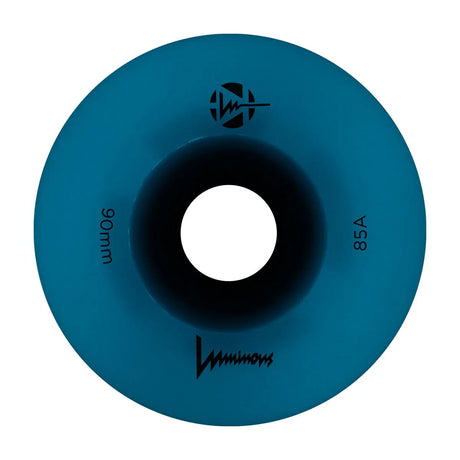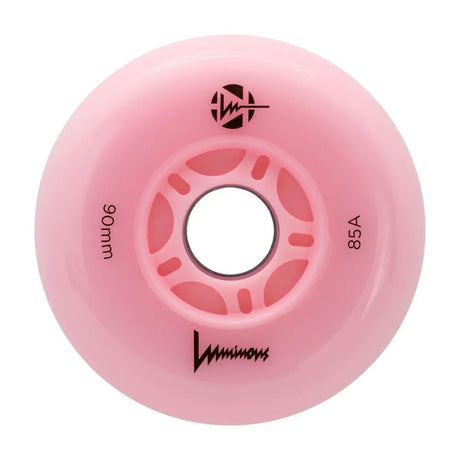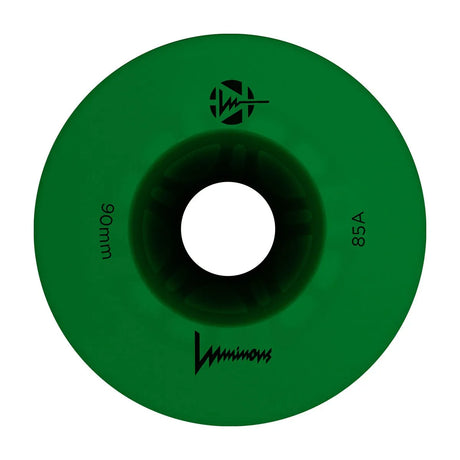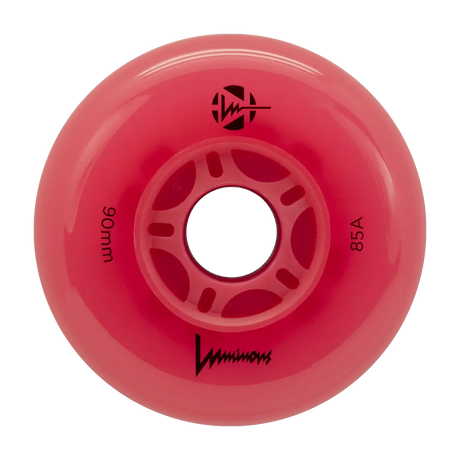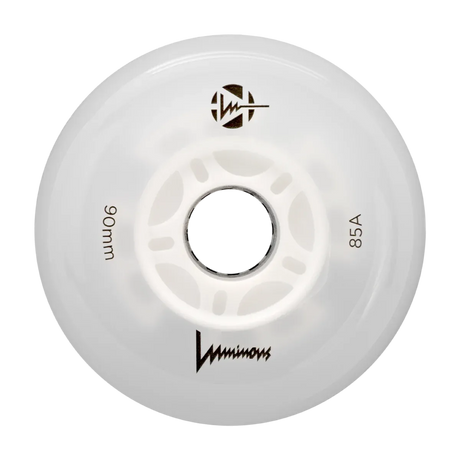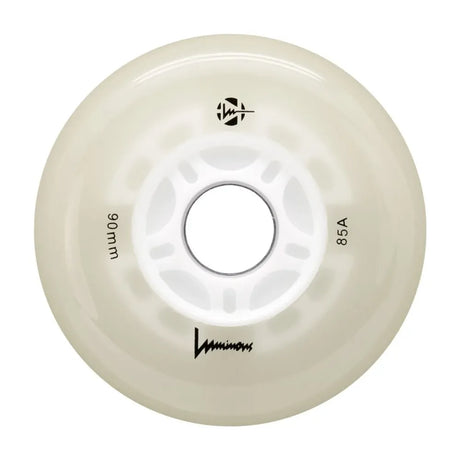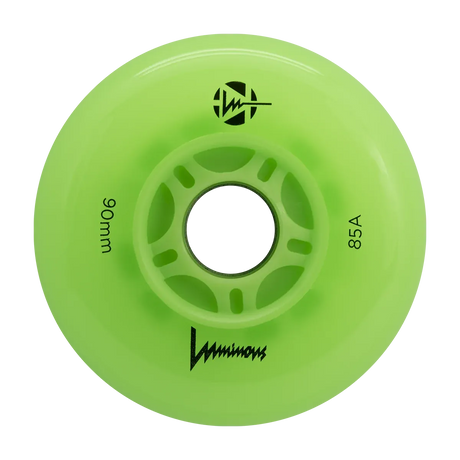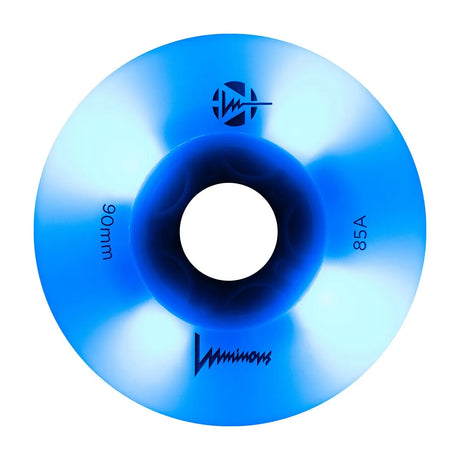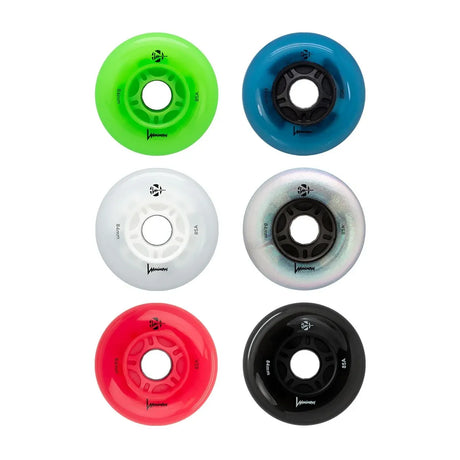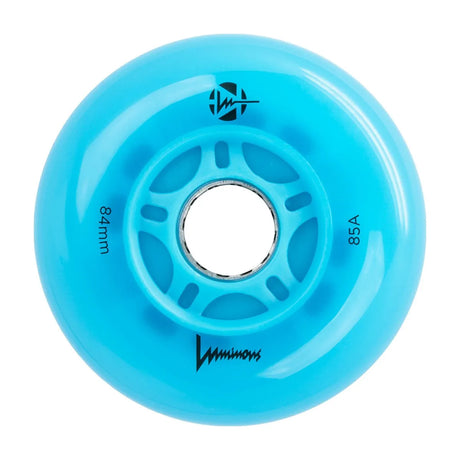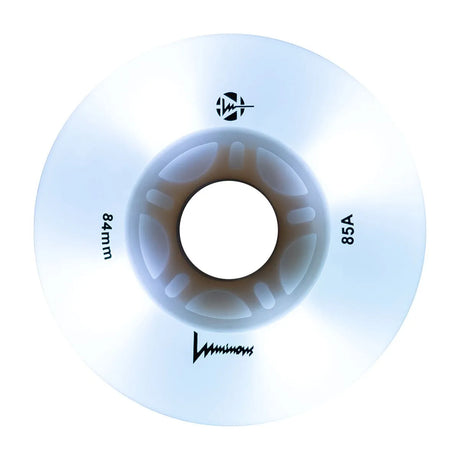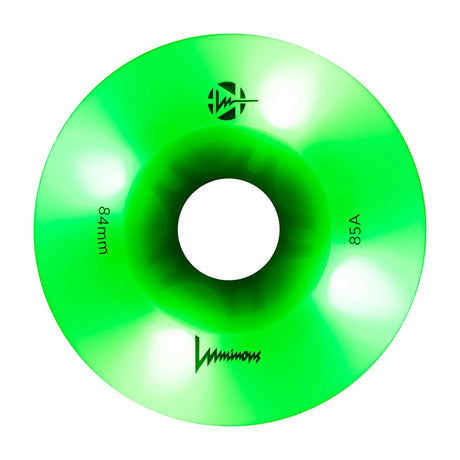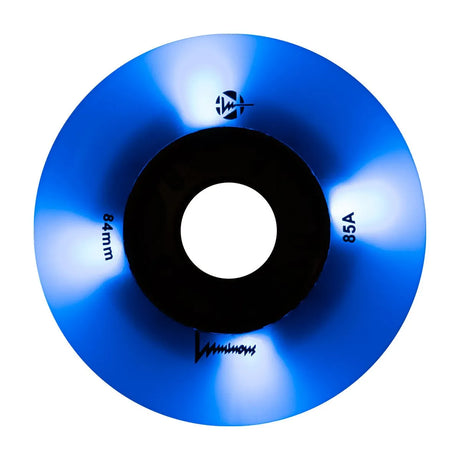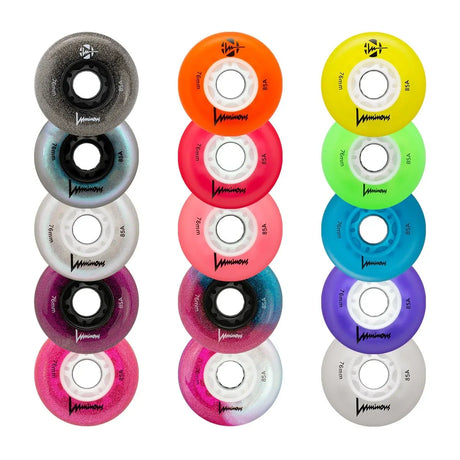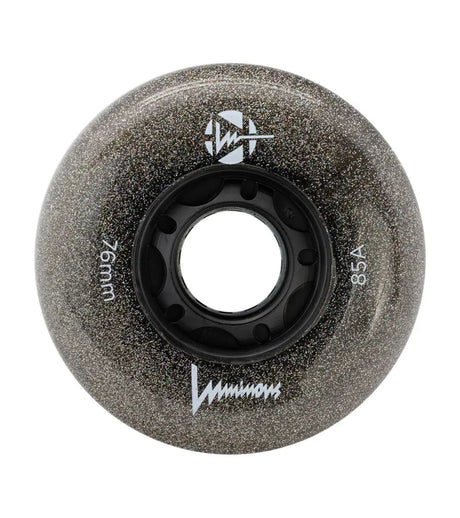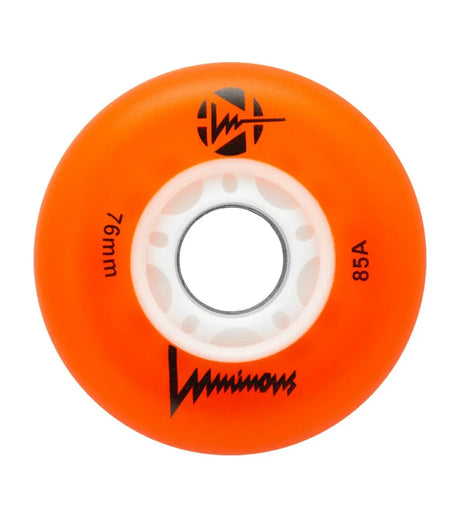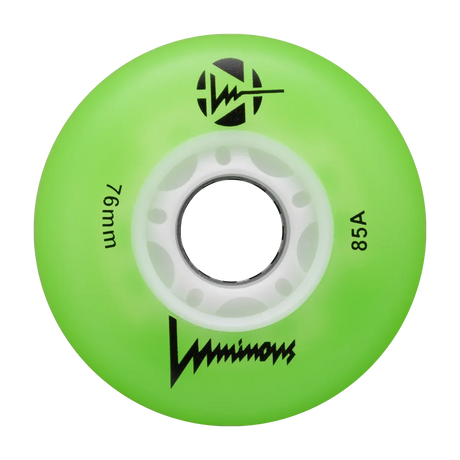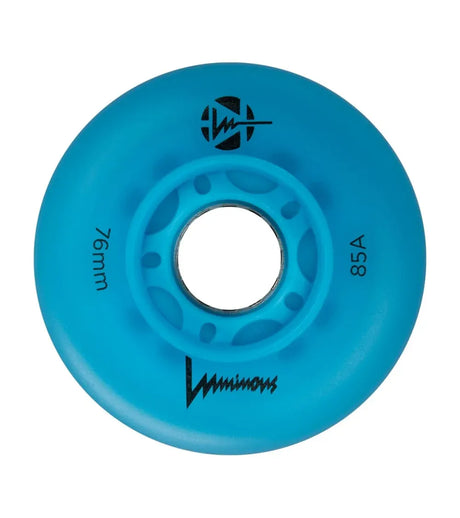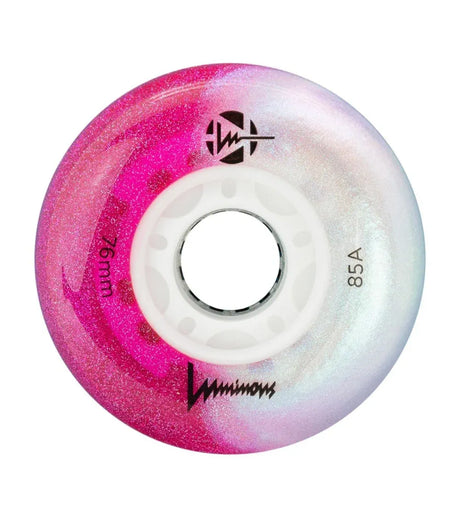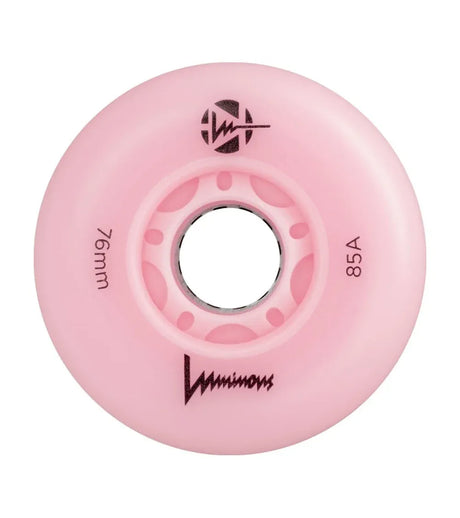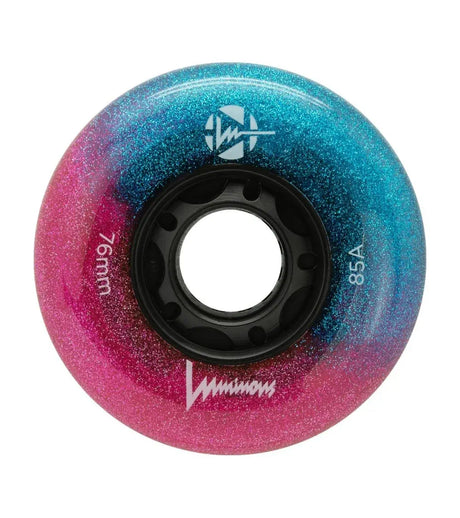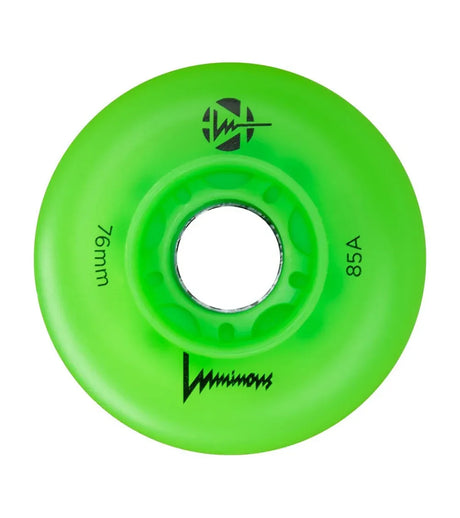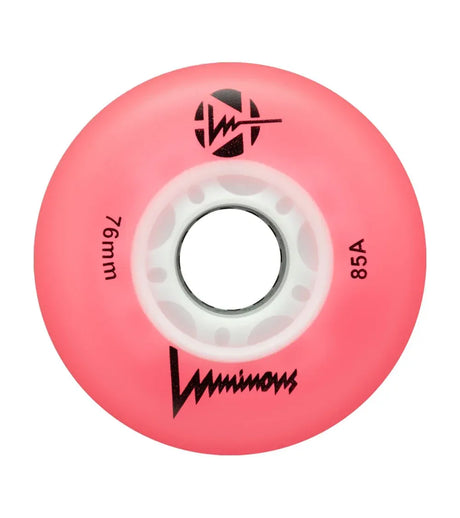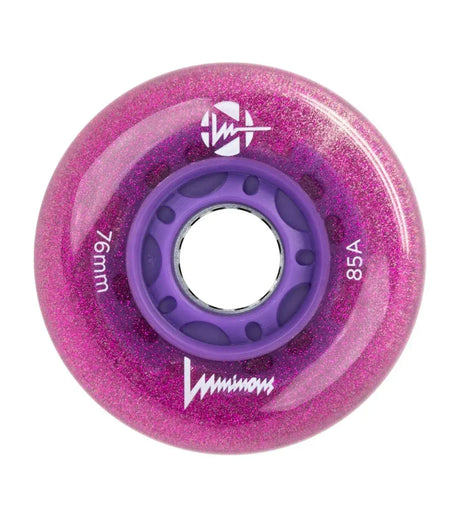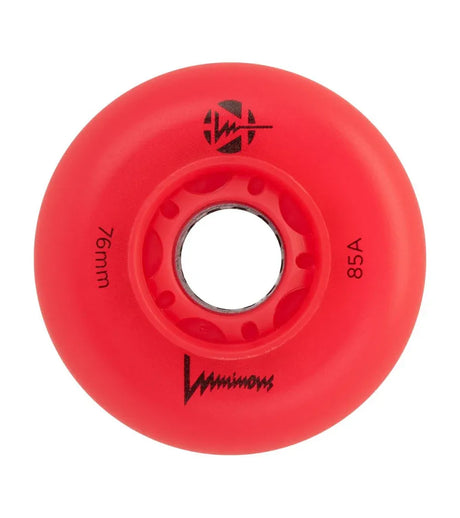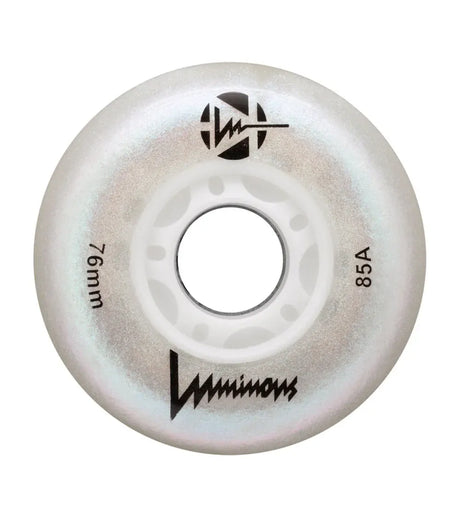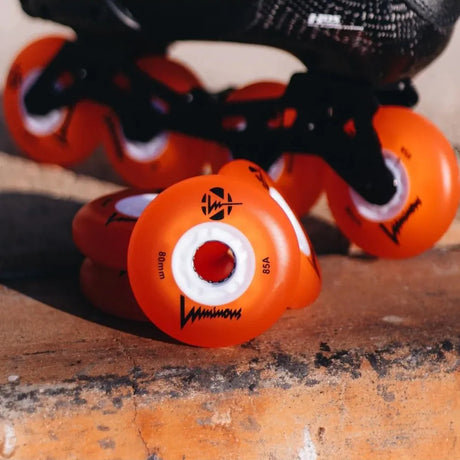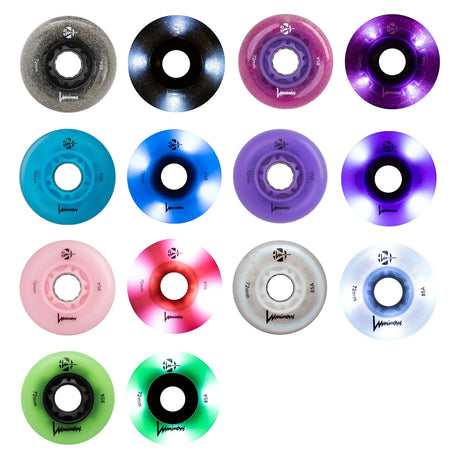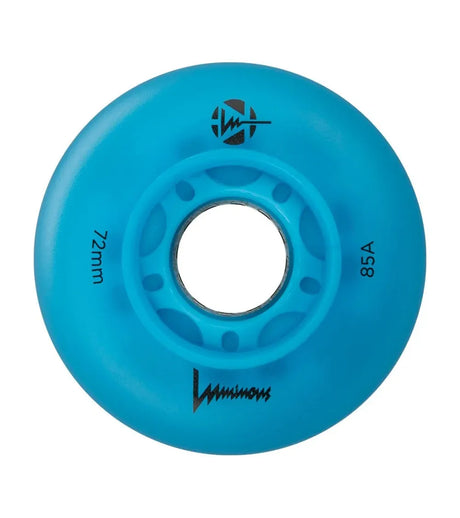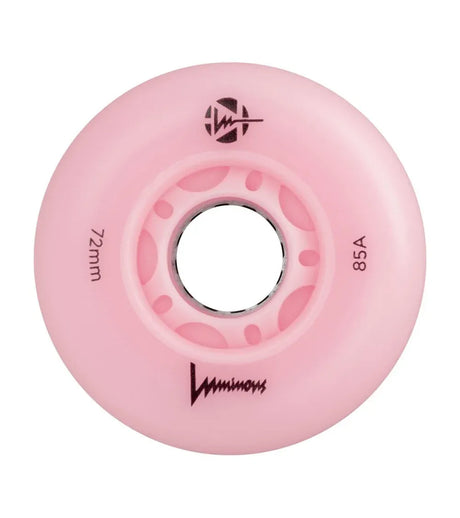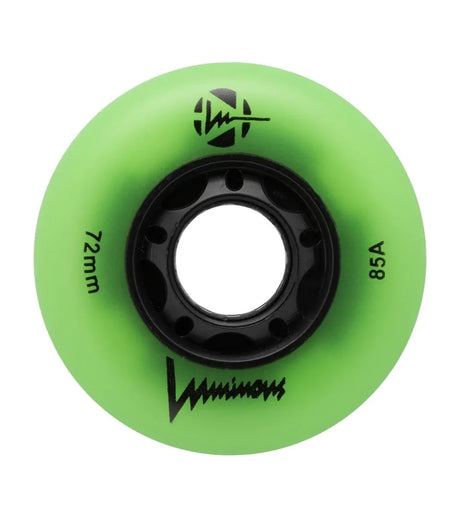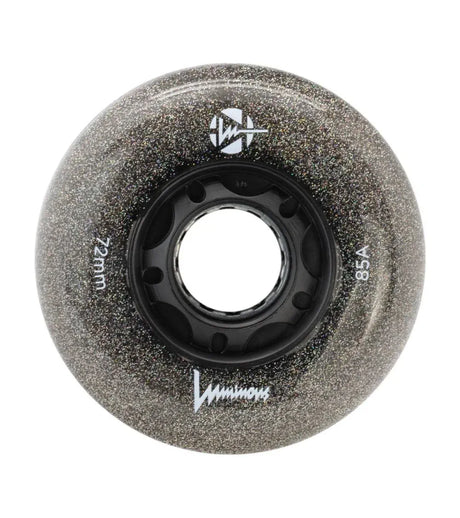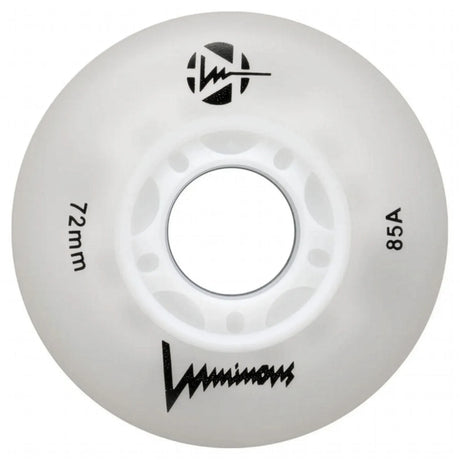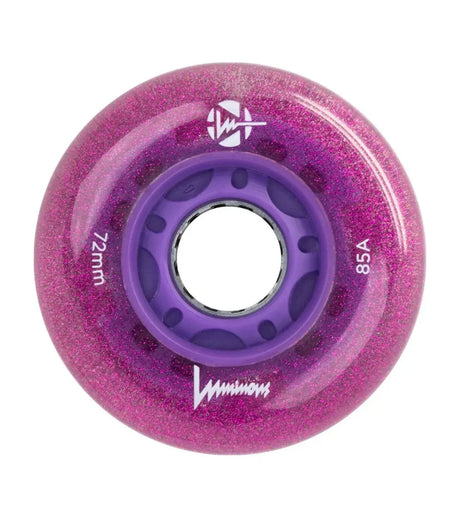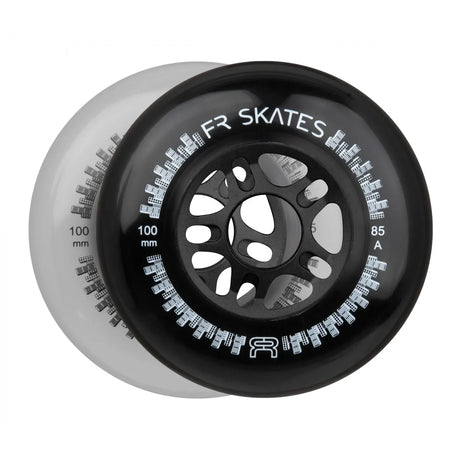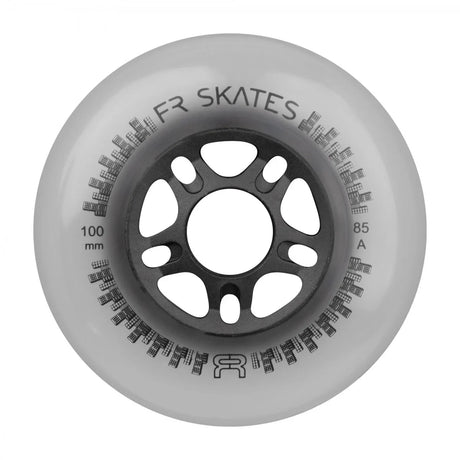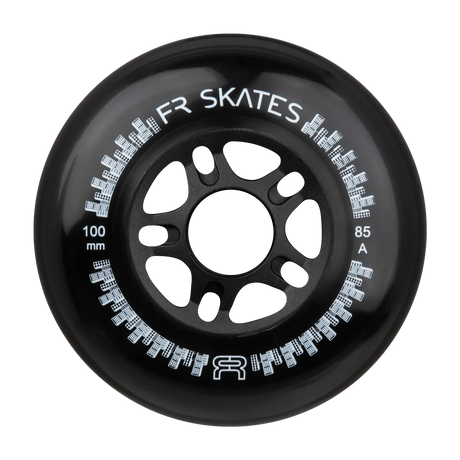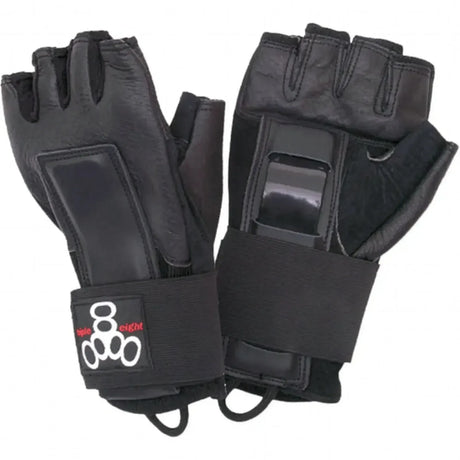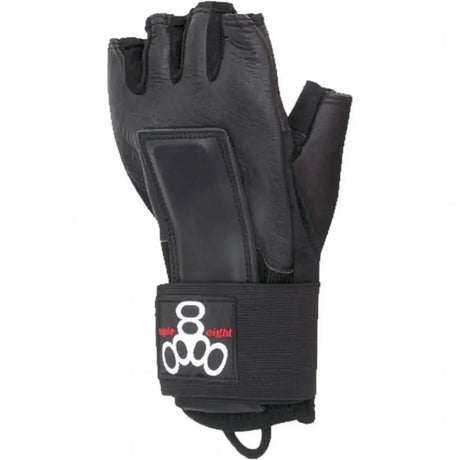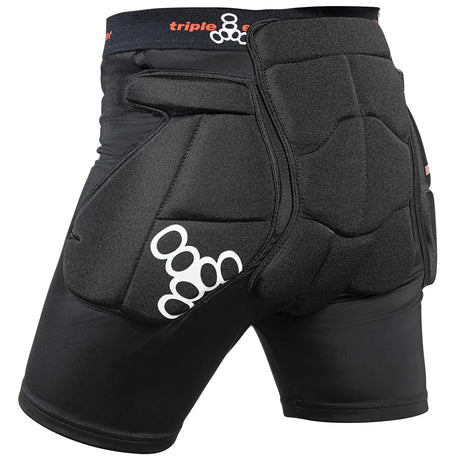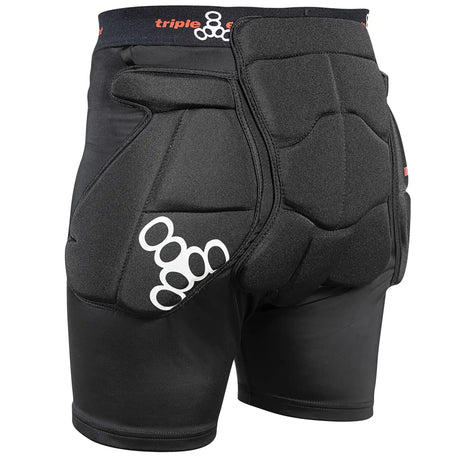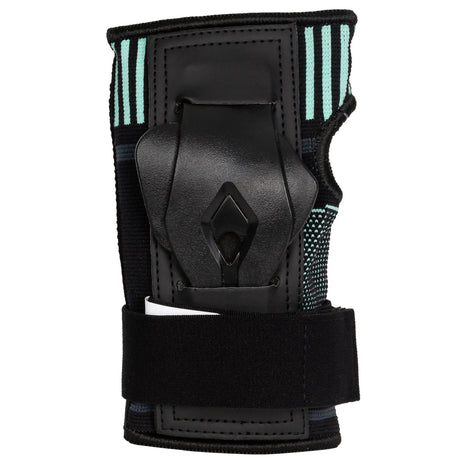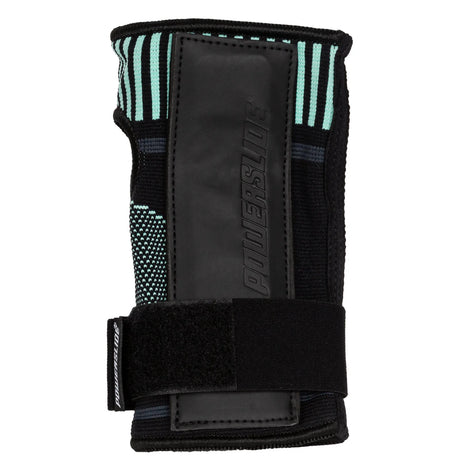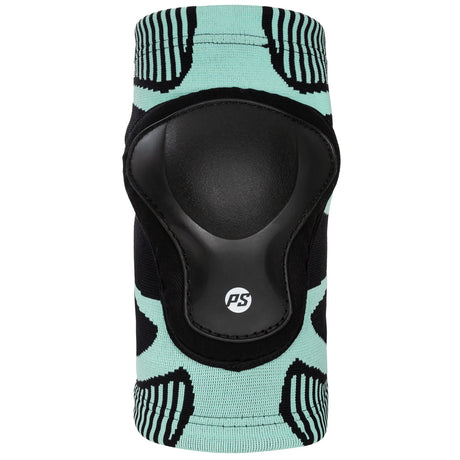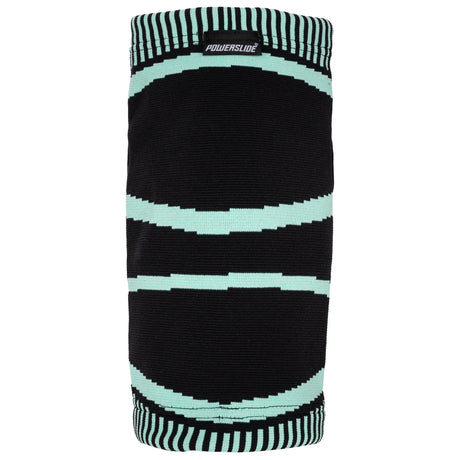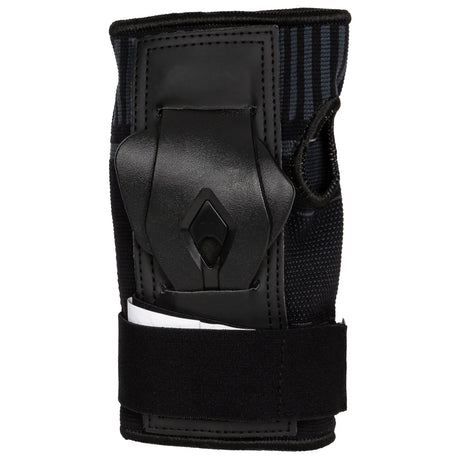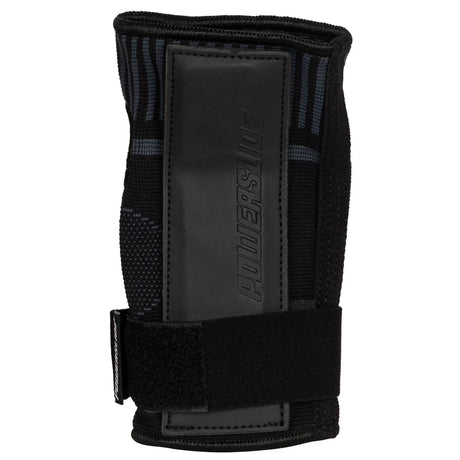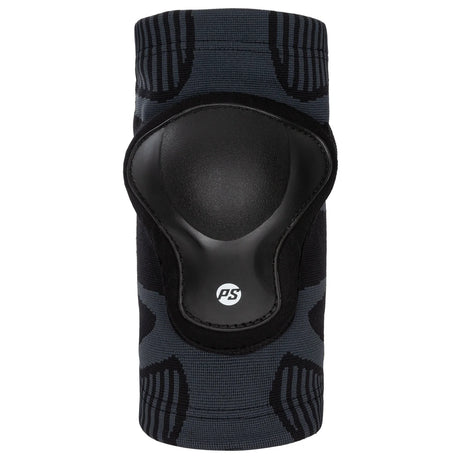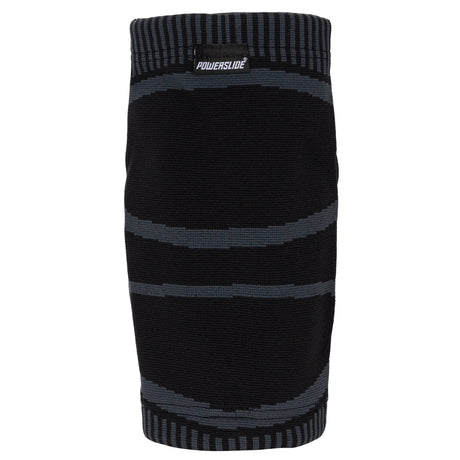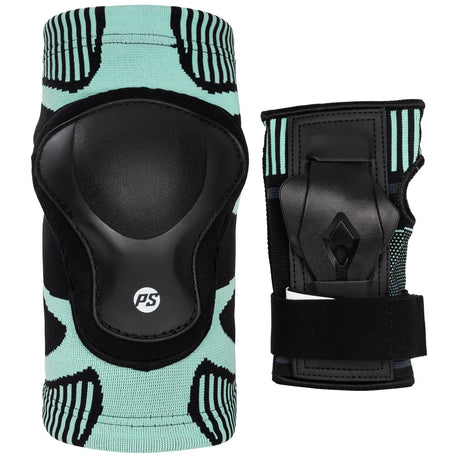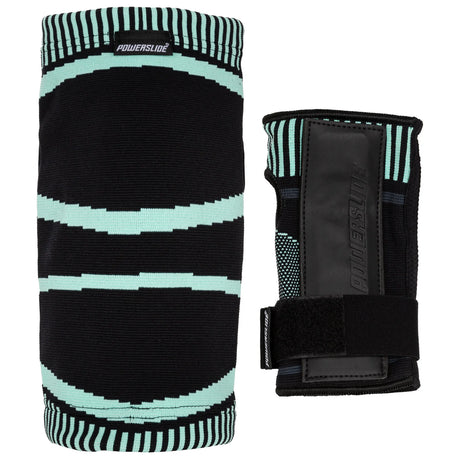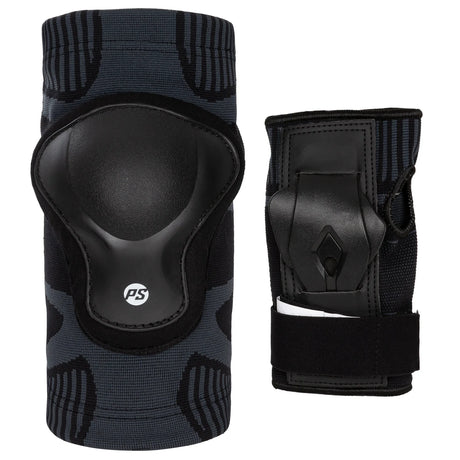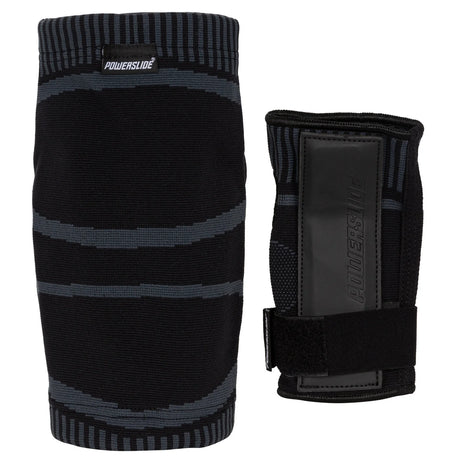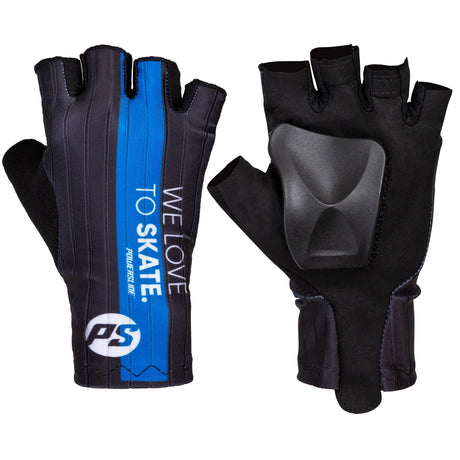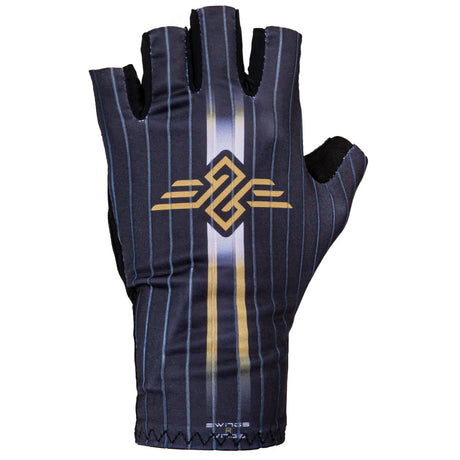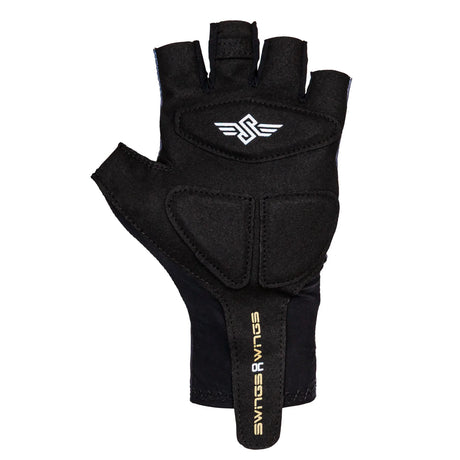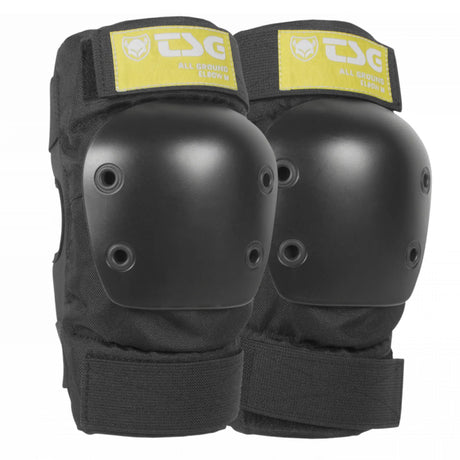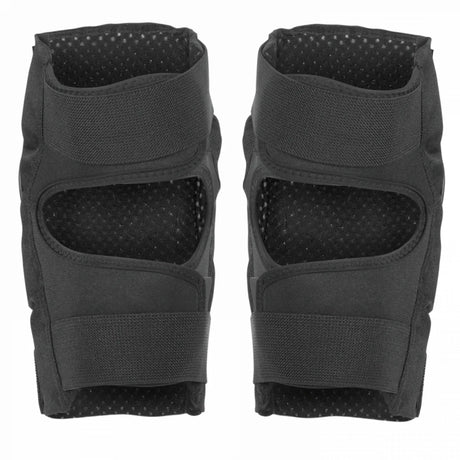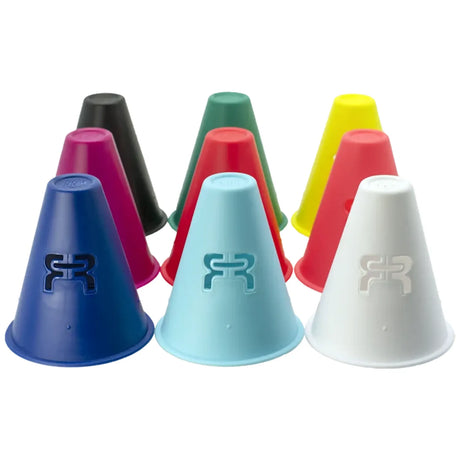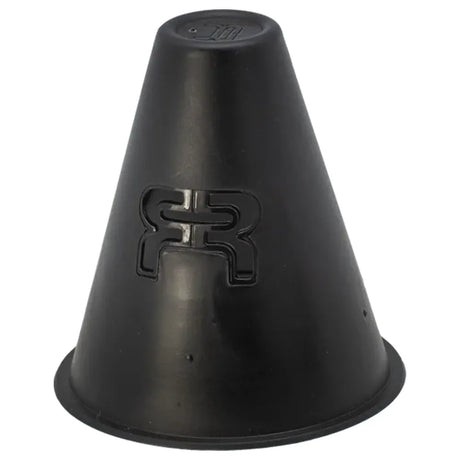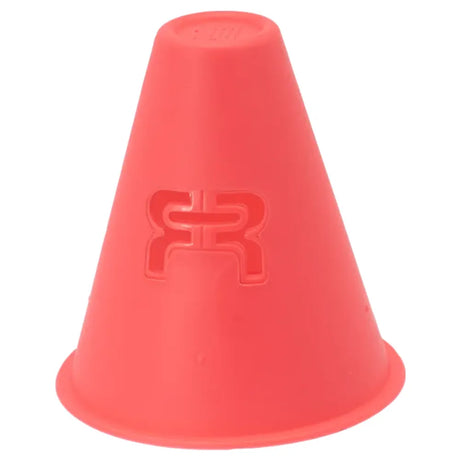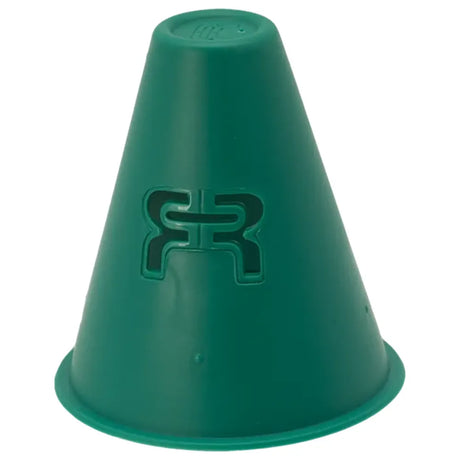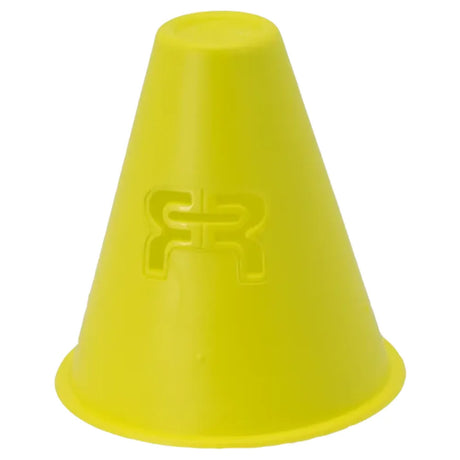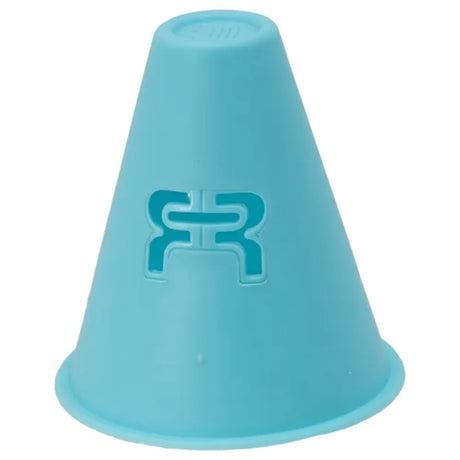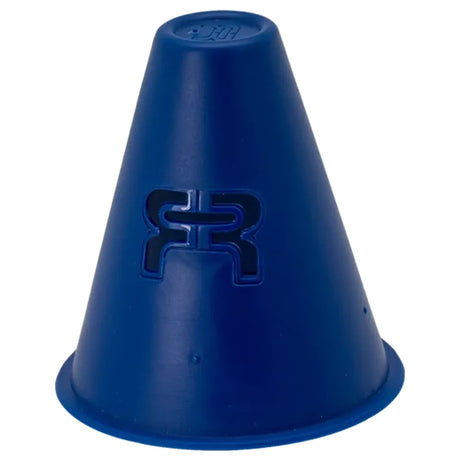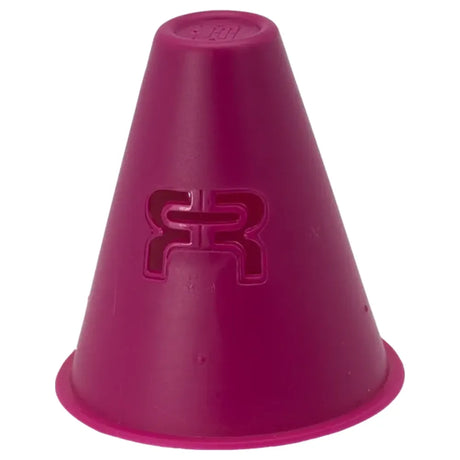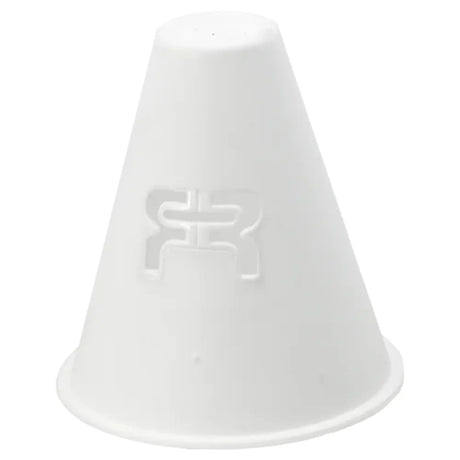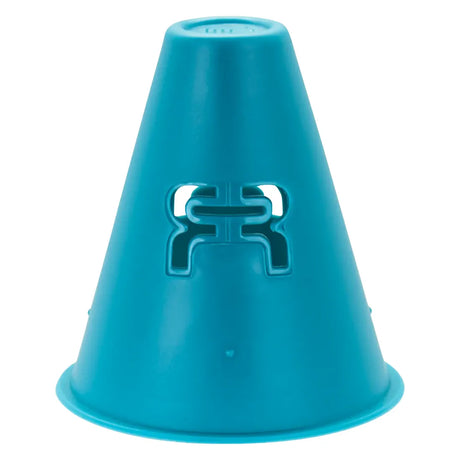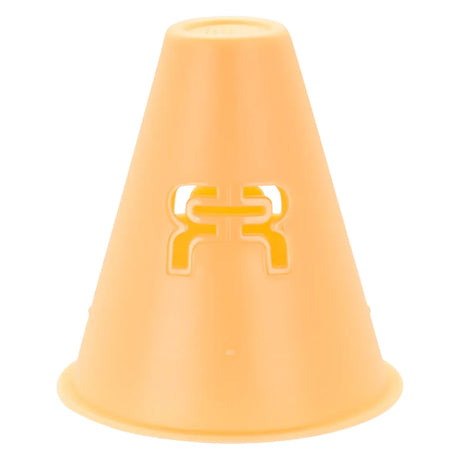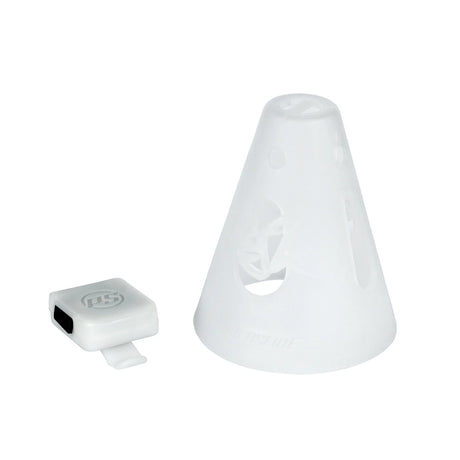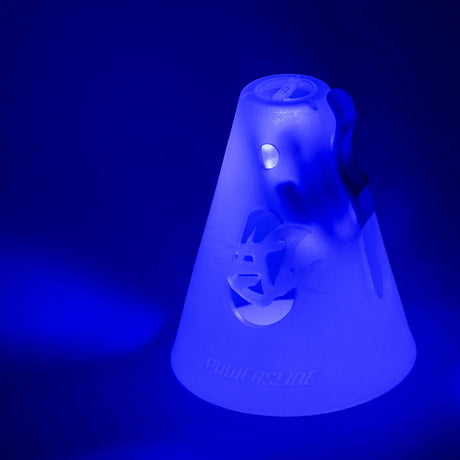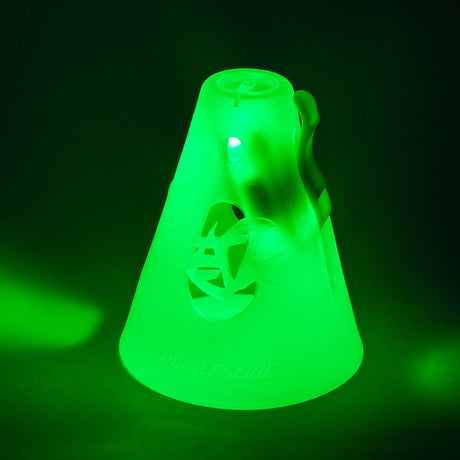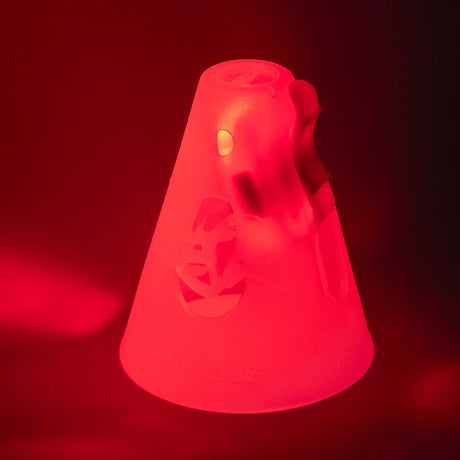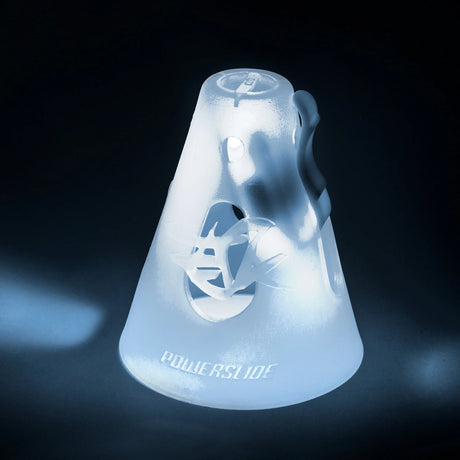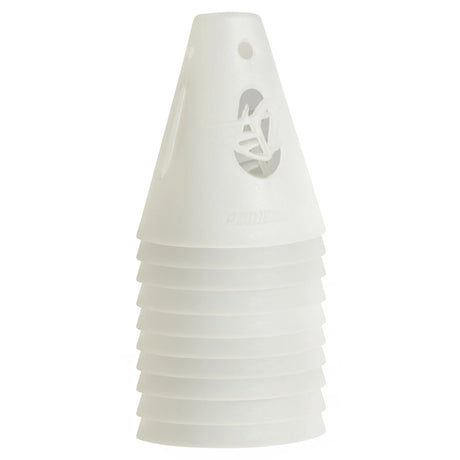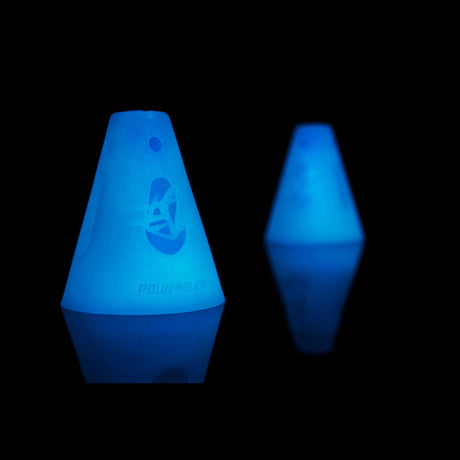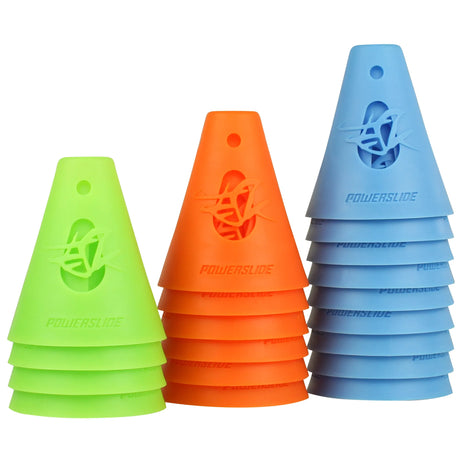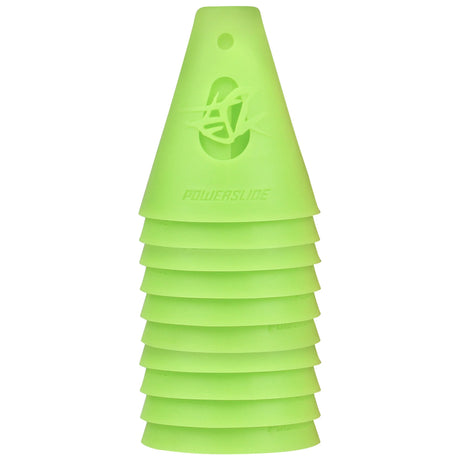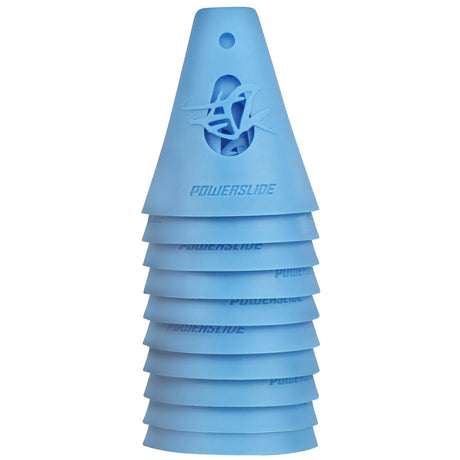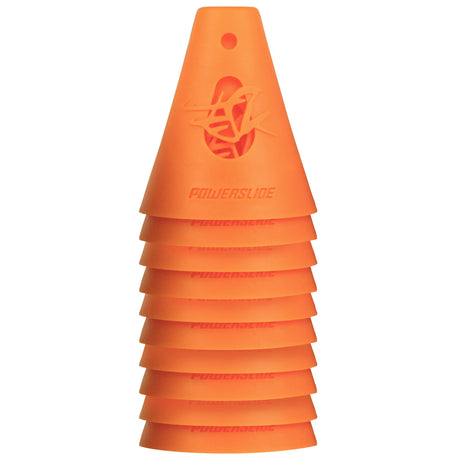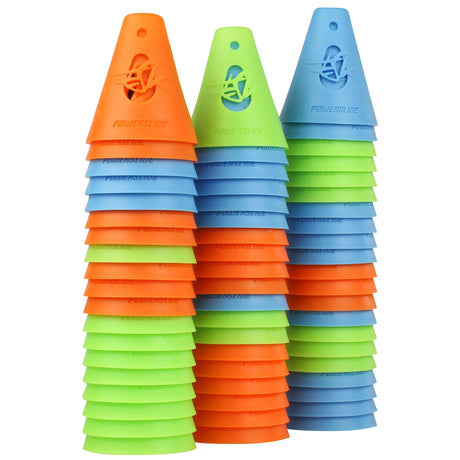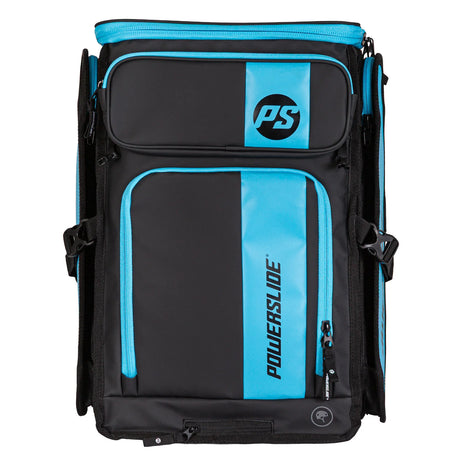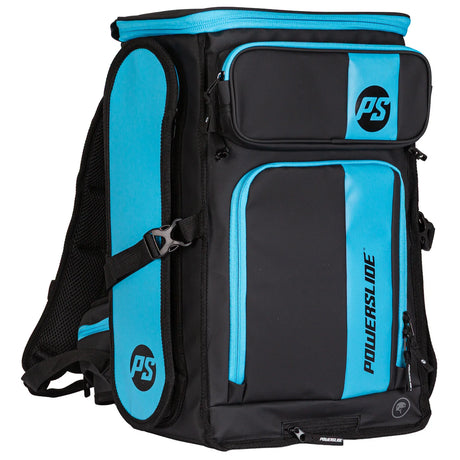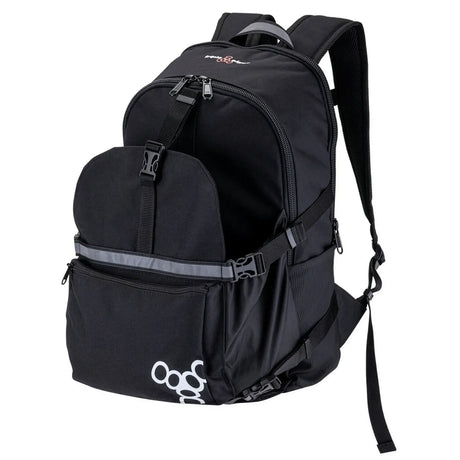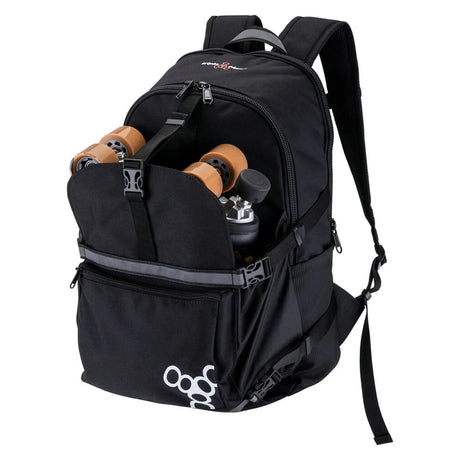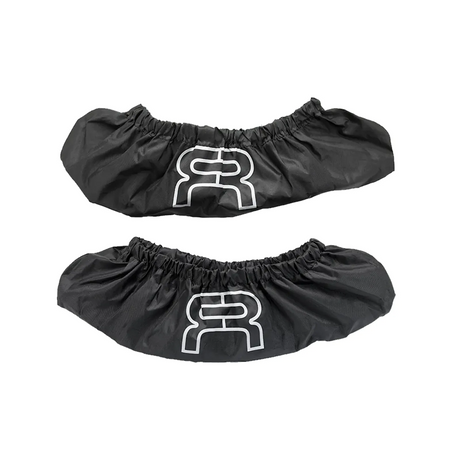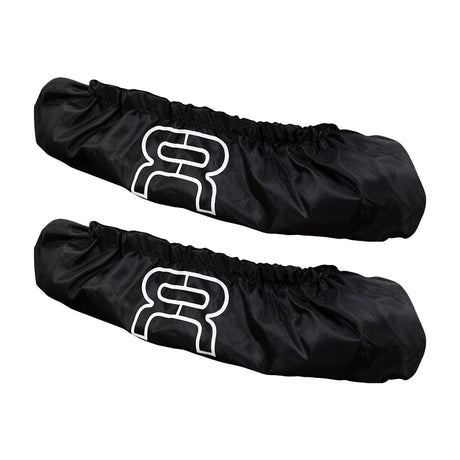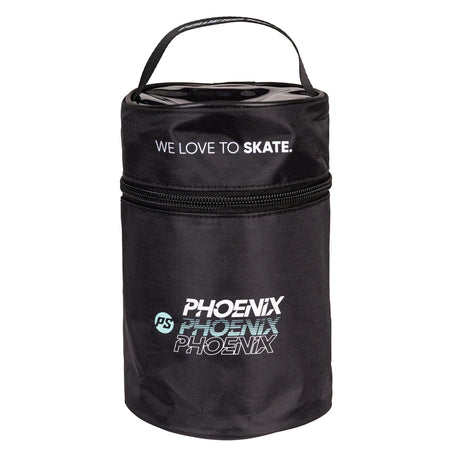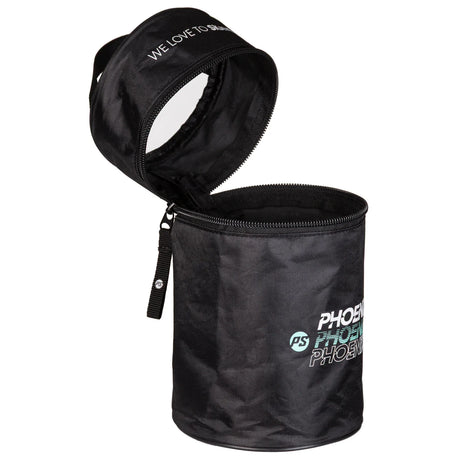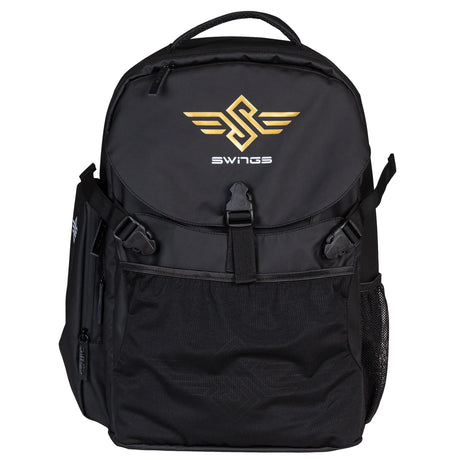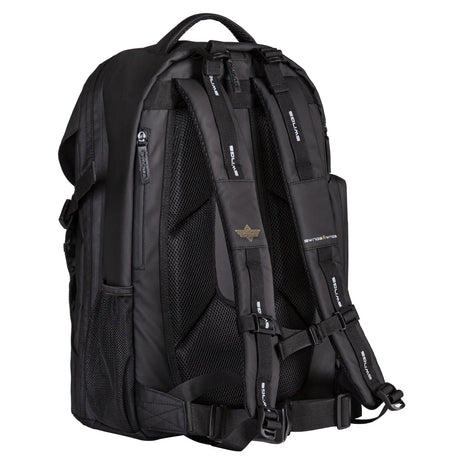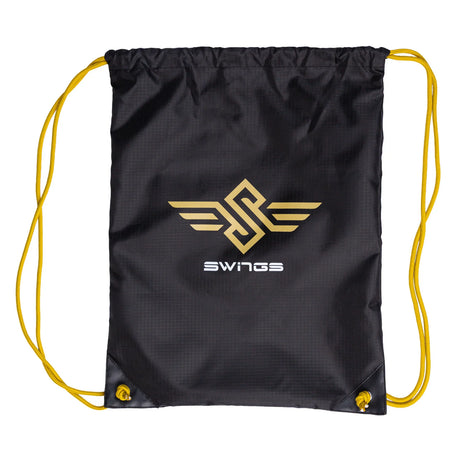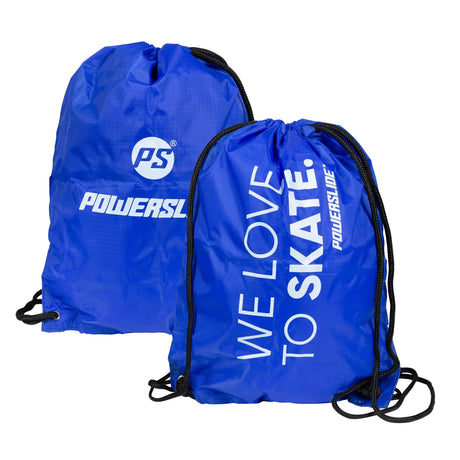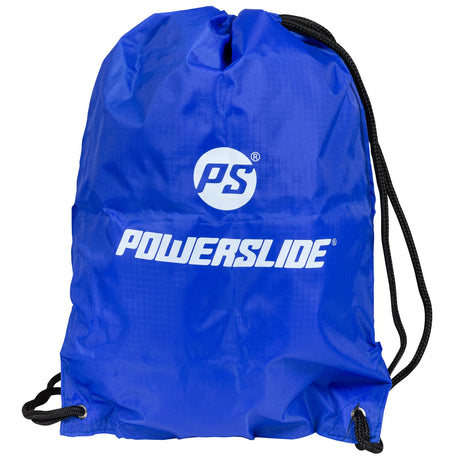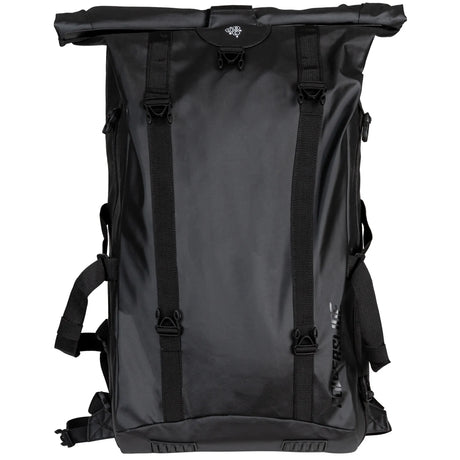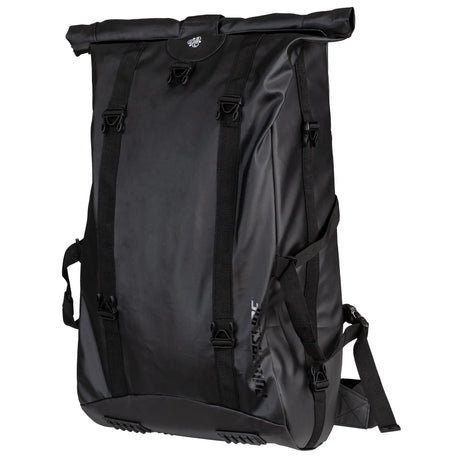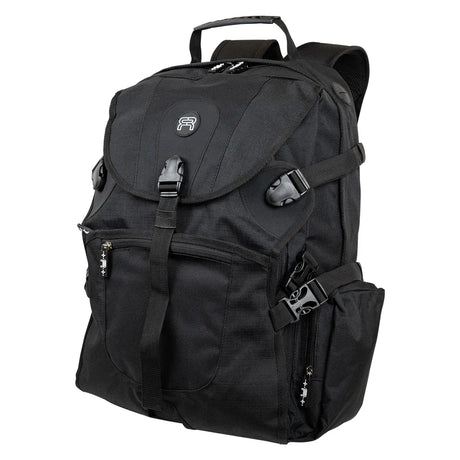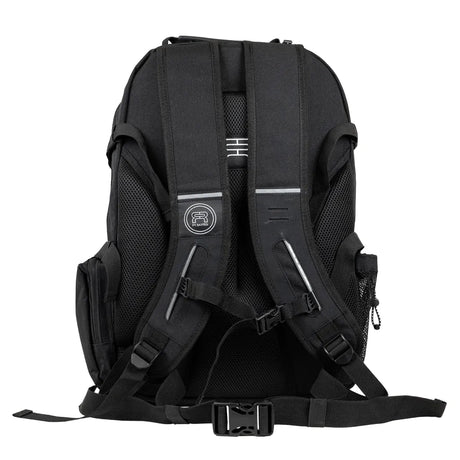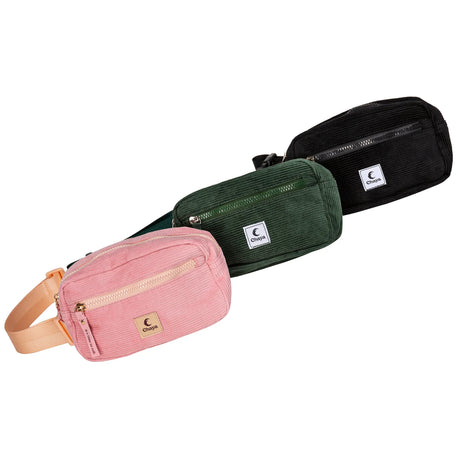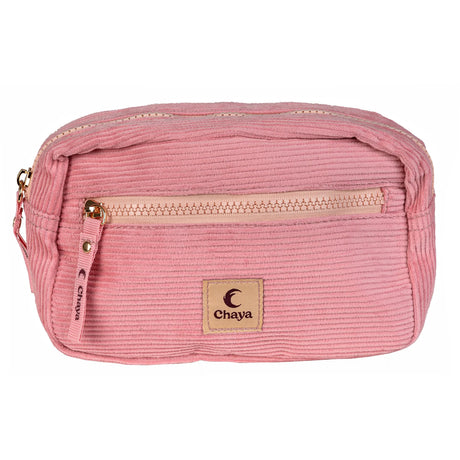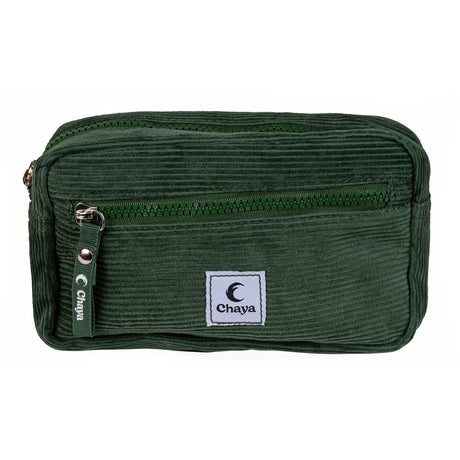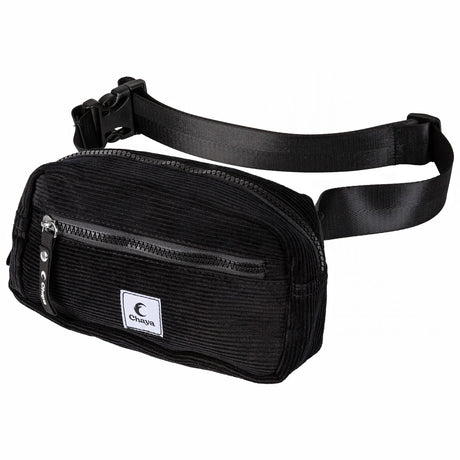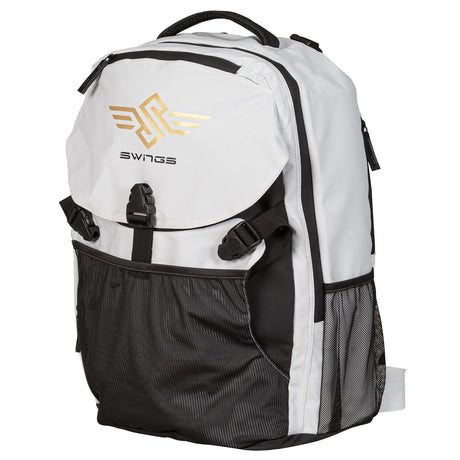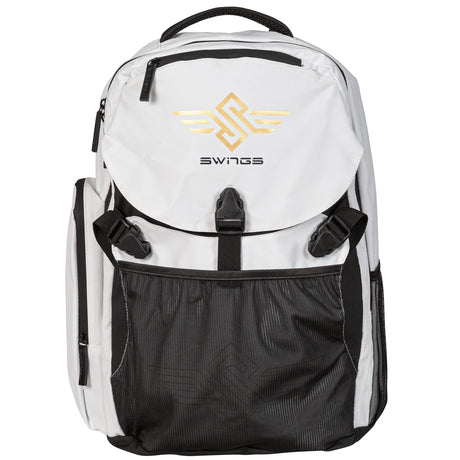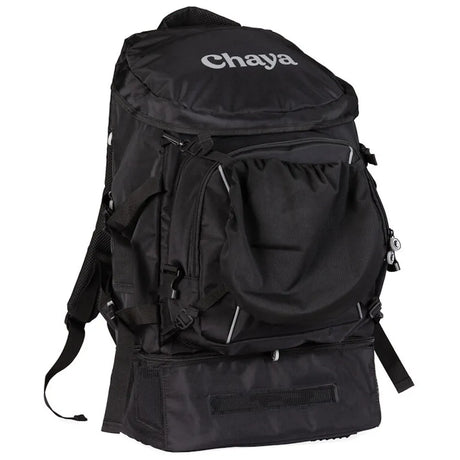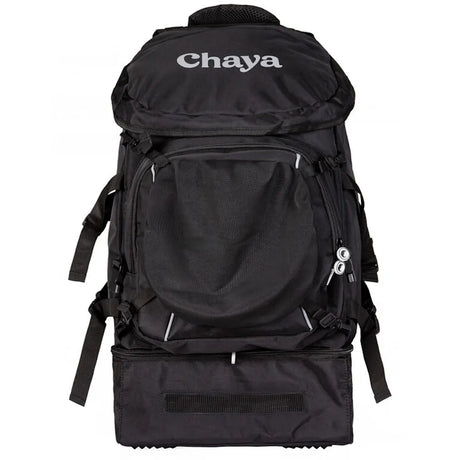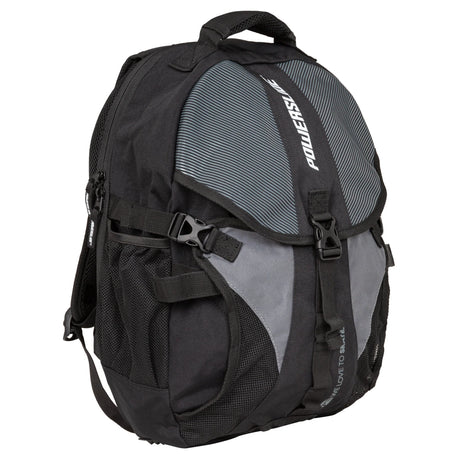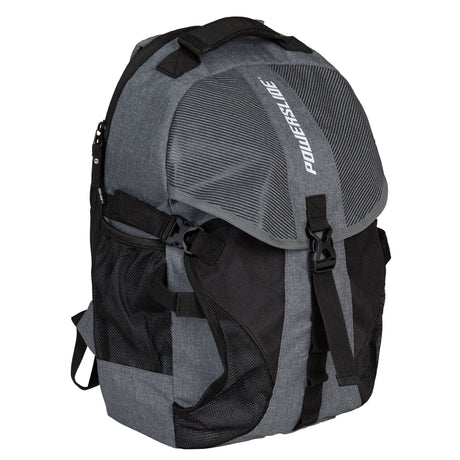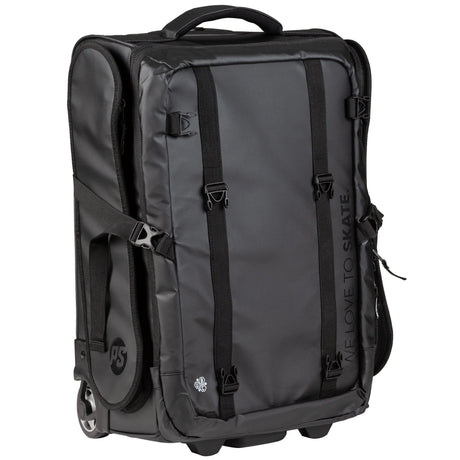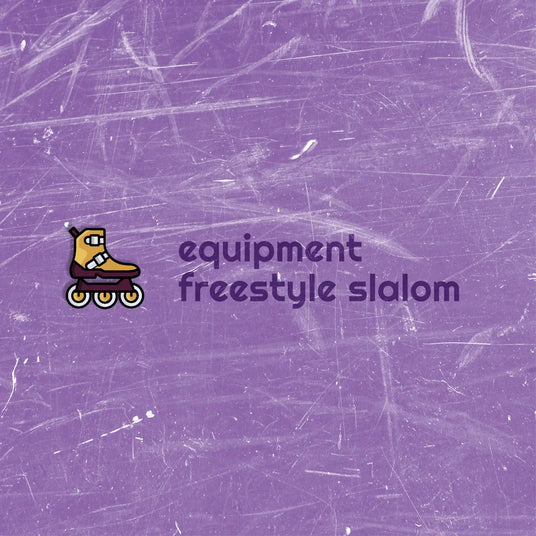
Inline Freestyle Slalom Skating Buyer's Guide
The right equipment
Inline Freestyle Slalom Skating combines technique, balance, agility, and creativity, placing entirely different demands compared to fitness or aggressive skating.
In this blog, we’ll show you:
- which equipment you really need,
- which products give you a real training advantage,
- and what’s optional or just “nice to have.”
Overview
The right equipment for Freestyle Slalom Skating
Table of contents
Use the table of contents below to easily navigate through this blog and find your perfect equipment for Inline Freestyle Slalom Skating.
- What matters most in Freestyle Slalom inline skates?
The key differences
View - The right frame and the optimal wheels
Length, size, hardness, and profile
View - Good and flexible protective gear
Stay protected while keeping your mobility
View - Slalom cones and practical accessories
Cones, pylons, backpacks, and more
View
The Key Differences – Inline Freestyle Slalom Skating
What matters when it comes to Freestyle Slalom inline skates?
Inline Freestyle Slalom Skating thrives on precise edge control, balance tricks, and quick directional changes. To meet these demands effectively, a good slalom skate must offer the following:
- Excellent stability
- Perfect fit and foot hold
- Direct power transmission
- Maximum agility and responsiveness
These attributes are achieved through several key technical components:
1. Hardboot Skates for Maximum Control
A tried-and-tested choice in freestyle slalom skating is the use of hardboot skates. Their stiff outer shell offers enhanced stability, control, and efficient power transfer.
- Classic Hardboot Skates – Ideal for beginners. They come with removable liners, offering comfort and adjustability.
- Carbon Skates – Designed for advanced skaters who seek peak performance. Carbon skates are lighter, stiffer, and deliver excellent power transmission—but may feel “too stiff” for beginners.
2. Frame & Wheel Setup – The Foundation of Agility
The frame (also called chassis or “schiene”) plays a crucial role in how the skate handles.
- Short frame length (200–243 mm): High maneuverability and responsiveness – perfect for slalom tricks.
- Longer frames: More stability, especially beneficial for beginners.
Rule of thumb:
The shorter the frame, the more agile the skate—but also less stable for balance tricks.
3. Rocker (Banana Shape) – For Fluid Movement
Another key element is the rocker setup. This refers to raising the front and rear wheels slightly so that you're primarily skating on two wheels at a time.
- Banana Rocker: Popular option – creates a “swinging” effect, ideal for tight turns and spins.
- Pre-Rocker: Rocker built into the frame.
- Adjustable Rocker: Allows switching between flat and rocker setups.
Beginner Tip: Start with a flat setup. Advanced skaters benefit from the added maneuverability of a rocker system.
4. Wheel Size – Speed vs. Control
- Smaller wheels (72–90 mm): Better control and agility.
- Larger wheels (100–110 mm): Greater speed – best for longer distances.
Slalom Skates for Beginners & Hobby Skaters
You don’t need a rocker setup right away. What matters more:
- Good fit for your foot shape
- Comfort
- Meeting your skating goals
We recommend:
- Wheel size of 72 mm to 90 mm – provides a stable, controllable experience.
- Hybrid skates (e.g., 4x80 mm or 3x100 mm wheels): Ideal for skaters who want to combine slalom practice with urban skating or tours.
Pro Tip: For trick training, precision matters more than speed. Practice them while stationary or with minimal rolling.
Advantages of Smaller Wheels:
- Higher precision during tricks
- Better control of movements
- More direct feedback when edging
Slalom Skates for Advanced & Pro Skaters
If you're an advanced or competitive skater, you likely already know whether you prefer a 3- or 4-wheel setup.
If you're used to flat setups only, we recommend:
- A skate with rocker—or better yet:
- A skate with adjustable rocker
This will give you:
- Sharper turns
- Faster direction changes
- Finer trick control
Technical Details at a Glance
All product pages in our store include a “Specifications” tab with filterable details such as:
- Shoe size
- Foot width
- Frame length
- Frame style (Flat, Rocker, etc.)
- Wheel size
- Wheel hardness
Finding the Right Freestyle Slalom Skate
No matter your level—beginner, enthusiast, or pro—the right skate depends on your style, skills, and foot shape.
Whether it’s a classic hardboot, lightweight carbon skate, 3- or 4-wheel setup, rocker or flat—you’ll get the perfect mix of control, stability, and agility with the right gear.
Check out our handpicked collection of Freestyle Inline Skates – specially curated for freestyle slalom skating.
Freestyle Inline Skates
View allLength, size, hardness and profile – Inline Freestyle Slalom Skating
The right frame and the optimal wheels
A good inline freestyle slalom skater needs the right frame that is optimally tailored to their skating style. The frame – together with the corresponding wheel setup – forms the heart of freestyle slalom skating.
Frame length: Agility vs. Stability
The shorter the frame (also called wheelbase), the more agile the skate responds. However, this agility comes at the cost of stability. A short frame is easier to maneuver but also tips forward or backward more quickly.
For freestyle slalom skating, frames with a length between 200 mm and 243 mm are usually used. These offer a good balance between agility and stability.
Rule of thumb:
- Short frame = high agility, but lower stability
- Longer frame = more stability, but less agility
Rocker (rocking): The secret to maximum mobility
In addition to frame length, the so-called rocker plays a decisive role in agility. "Rocker" – also called rocking setup – describes a construction where the frontmost and rearmost wheels are positioned slightly higher than the middle wheels.
A well-known example is the banana rocker: here the front and rear wheels are slightly lifted. This causes the skater to stand on only two wheels most of the time while skating. The result: extremely precise and quick directional changes.
- Four-wheel setup (e.g. 4x80 mm) with rocker: You effectively stand on 2 wheels = high agility effect
- Three-wheel setup (e.g. 3x90mm or 3x100 mm) with rocker: Slightly more stable, but still very agile
For beginners, a rockered setup can feel unusual at first – similar to a swing boat – as it requires more balance.
Pre-rocker vs. Adjustable rocker:
- Pre-rocker: The rocker is fixed into the frame
- Adjustable rocker: The wheel position can be adjusted, e.g. from rocker to flat (all wheels at the same height)
Frame material: Aluminum is not just aluminum
The quality of the frame largely depends on the material used. Cheaper frames are often made of simple cast aluminum, which is softer and less precise. High-quality models, on the other hand, are made from harder, stiffer 7005 or 6061 aluminum – usually milled or stamped.
Advantages of a high-quality frame:
- Better power transmission
- More control
- Longer lifespan
Purchase recommendation:
- Beginners: Longer frames (more stability), cheaper material is sufficient
- Advanced & pros: High-quality, stiffer frames with rocker for maximum control and performance
3-wheel vs. 4-wheel setup: What suits you?
Traditionally, many freestyle slalom skaters use a 4-wheel setup. However, some pros swear by a 3-wheel setup.
- 3-wheel setup with rocker: More stability at high speeds, ideal for outdoor routes
- 4-wheel setup with rocker: Maximum agility for tight courses, slightly less stable for balance tricks
Tip: Try both options to find out which suits your skating style better.
The right wheels for your freestyle slalom skate
The choice of the right inline wheels directly affects your skating behavior. The following factors are important:
- Material mix & rebound
High rebound: Better damping on uneven surfaces, ideal for outdoor training
Plastic core instead of aluminum core: Preferred in freestyle slalom because it's more flexible and controllable - Wheel size
Smaller wheels (72–80 mm): More control and agility
Larger wheels (90–110 mm): More speed, but less precision in slalom - Wheel hardness (Shore A hardness)
The hardness is indicated in A (Shore hardness scale):
Soft wheels (75A–85A): More grip, ideal for indoor surfaces (gym, parquet)
Hard wheels (85A–90A): More durable, less grip, better for outdoor (asphalt, street) - Wheel profile: From flat to pointed
The profile determines how much contact surface the wheel has with the ground:
Flat = Flat, stable (optimal for halfpipe skating)
Flat Top = Flat with rounding (versatile and ideal for aggressive skating)
Round (Full Radius) = Best control (ideal for direction changes and the standard in freestyle slalom)
Race = Pointed, less ground contact (optimal for higher speeds)
Bullet = Extremely pointed, minimal contact surface (offers maximum agility)
For freestyle slalom skating, the round profile (Full Radius) is usually recommended.
For speed slalom skating, a more pointed profile may be useful.
There are also light-up wheels, which especially in slalom skating, catch the eye.
Below you’ll find our selection of frames and wheels for inline freestyle slalom skating. These can also be filtered by the most important criteria.
Freestyle Slalom Frames
View allFreestyle Slalom Wheels
View allBe protected and still remain mobile – Inline Freestyle Slalom Skating
Good and flexible protective gear
Many inline freestyle slalom skaters forgo full protective gear or only wear selected pads.
The reasons are varied:
- Some find pads restricting their movement.
- Others feel that classic protectors don't match the aesthetic of freestyle skating.
Still, the rule is: Safety should always come first.
We at SkaMiDan also strongly recommend that you wear at least the most essential protective gear when slalom skating – and we mostly follow this ourselves.
The Most Important Protective Gear for Freestyle Slalom Skating
For both beginners and advanced skaters, we consider the following protective elements especially important:
- Helmet
- Wrist guards
- Knee pads
Why the helmet is important – even though falls on the head are rare
Falls directly onto the head are extremely rare in freestyle slalom skating,but in the worst case, they can lead to serious injuries.These risks should not be underestimated – even if the probability is low.
Knee pads & wrist guards – learning to fall correctly
The combination of knee pads and wrist guards is especially useful. It allows you to intentionally land on these protectors in case of a fall. This helps train your reflexes and effectively prevent injuries.
- General rule:
More protection means more safety – so there’s no reason not to wear additional protectors, even if they are not explicitly mentioned here.
Our Recommendation: Discreet Sleeves Instead of Bulky Pads
When it comes to protectors for freestyle slalom skating, we don’t want to recommend specific brands.
The requirements for protection, comfort, and design vary individually.
Our personal recommendation:
- Protectors without hard plastic caps – so-called sleeves
➔ These offer a slim fit, are pleasantly flexible, and hardly restrict your movement.
Advantage:
Sleeves can easily be worn under clothing, preserving the aesthetic look of freestyle slalom skating.
Protect Yourself for More Joy in Skating
With the right protective gear, you can fully concentrate on your tricks and skills – without fear of injury.
Those who feel safe skate more confidently and with greater enjoyment.
Below, you’ll find our selection of protectors for all body areas – so you can be optimally protected and enjoy inline freestyle slalom skating for a long time.
Protectors and guards
View allCones, pylons, backpacks and more – Inline Freestyle Slalom Skating
Slalom cones and practical accessories
The Most Essential Accessories for Inline Freestyle Slalom Skating: Cones & Pylons
The essential accessory for inline freestyle slalom skating is the so-called cones – also known in German as Kegel or Pylonen. Without these small but crucial tools, a slalom course wouldn't be possible.
Slalom Cones: Standardized and Safe
Slalom cones are standardized and specially designed to tip over easily when touched or hit.
Even if you skate over or fall onto them, the cones usually just fly out of the way without posing any danger. This keeps the risk of injury minimal.
Cone Setups in Freestyle Slalom: Official Layout
In most disciplines of inline freestyle slalom, skaters train and compete using three parallel cone rows:
- 14 cones spaced at 120 cm
- 20 cones spaced at 80 cm
- 20 cones spaced at 50 cm
Further details on disciplines and official rules can be found in our blog post:
"Basics, Rules & Key Information about Inline Freestyle Slalom"
Beginner Tip: Start with 10 Cones – 20 Is Better
To get started, 10 slalom cones are enough to learn the first exercises and tricks.
However, we recommend starting with 20 cones, so you can set up and practice both common cone rows (50 cm & 80 cm spacing) – just like we demonstrate in our freestyle slalom tutorials.
Three-Row Training for Advanced Skaters
Ideally, you train using the complete three-row layout.
For this, you'll need a total of 54 cones.
A proven pro tip:
Use different colors for each cone row.
This helps maintain orientation during training and clearly separates different exercises.
Fluorescent & LED Cones: For Dusk and Night Training
Especially helpful for evening sessions or darker summer nights:
- Fluorescent cones: Glow slightly under low light
- LED cones with rechargeable batteries: Self-illuminating, ideal for training in poor lighting conditions
Skater Backpacks: Practical, Stylish, and Thoughtful
While not an absolute must, we highly recommend our special skater backpacks.
They offer not only comfort and style but also smart functionality:
- Attachment systems for inline skates
- Thoughtful compartment layout for skate accessories, protective gear & daily items
- Expandable systems for flexible customization to your needs
A highlight is the Powerslide Universal Bag Concept (UBC):
A modular bag system that can be flexibly expanded and combined – perfect for ambitious skaters looking to combine functionality and design.
Accessories for an Optimal Slalom Skating Experience
Whether cones, pylons, skater backpacks or practical bags – the right accessories make your training more effective, safer, and more comfortable.
With the proper equipment, you can fully focus on your technique and always have everything you need at hand.
Below you'll find our range of:
- Cones & Pylons for Inline Freestyle Slalom Skating
- Skater Backpacks & Bags for your gear



























